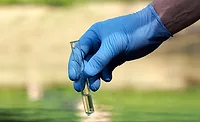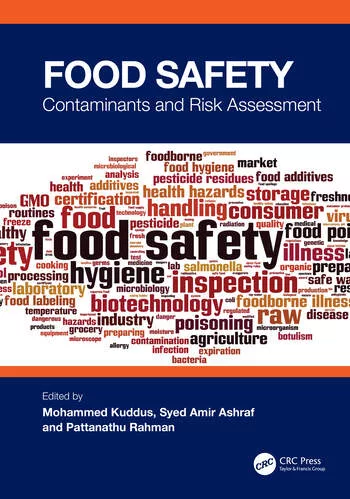FDA Provides Updates on PFAS Testing, Research

Image credit: Polina Tankilevitch via Pexels
The U.S. Food and Drug Administration (FDA) has provided an update on the agency’s activities to better understand per- and polyfluoroalkyl substances (PFAS) in the food supply, including recent testing results, progress on seafood-related work, and advances in testing methods.
Testing Results for PFAS in the General Food Supply
To estimate dietary exposure to PFAS from the general food supply, FDA has been testing fresh and processed foods consistently since 2019. At present, FDA has tested nearly 800 samples from a wide range of foods that were collected for the Total Diet Study (TDS) or as part of targeted assignments. FDA testing for PFAS in the general food supply is ongoing and the agency says it is taking steps to expedite its testing schedule by increasing lab capacity.
FDA has shared testing results for PFAS in 186 samples from two regional collections from the TDS. The agency detected PFAS in two cod and two shrimp samples, and one sample each of tilapia, salmon, and ground beef. For the samples where PFAS was detected, each type of PFAS for which there are toxicological reference values (TRVs) was assessed individually. FDA concluded that exposure to PFAS at the levels measured in the seven samples are not likely to be a health concern for young children or the general population.
The present findings are consistent with previous TDS testing results. No PFAS were detected in over 97 percent (701 out of 718) of the fresh and processed foods tested for the TDS. At least one type of PFAS was detected in 44 percent (14 out of 32) of the TDS seafood samples and in 74 percent (60 out of 81) of the samples from FDA’s 2022 targeted seafood survey.
Activities to Better Understand PFAS in Seafood
The data on PFAS in seafood is still very limited, but testing indicates that seafood may be at higher risk for environmental PFAS contamination compared to other types of foods. Except for canned clams from China, FDA determined from its testing that no other PFAS exposures with TRVs are likely to be a human health concern. For canned clams, voluntary recalls were issued by two firms, and FDA is continuing to test a limited number of import shipments at the border and domestic products on the market.
Looking for quick answers on food safety topics?
Try Ask FSM, our new smart AI search tool.
Ask FSM →
Filter feeders, such as clams, but also other bivalve mollusks, including oysters, mussels, and scallops, have the potential to bioaccumulate more environmental contaminants than other seafood types. Therefore, FDA is pursuing additional sampling of imported and domestic bivalve mollusks to better understand PFAS in commercially available seafood.
FDA asks the seafood industry to consider PFAS contamination in their products and comply with applicable regulations to ensure the safety of seafood. If the FDA finds that a detectable level of PFAS in a certain food raises safety concerns, the agency may work with the manufacturer to resolve the issue and take steps to prevent the product from entering or remaining on the U.S. market.
To achieve the shared goal of a safe and nutritious seafood supply, FDA states that it will continue engaging with industry to advance understanding of PFAS in commercial seafood, such as understanding current testing practices, sources of PFAS in seafood products, and potential mitigation strategies. In addition, FDA is available to provide technical assistance to industry as laboratories work to expand their analytical capabilities to test for PFAS in seafood.
Advancing the Science of Testing for PFAS in Foods
There are thousands of types of PFAS. To identify the types of PFAS FDA tests for in food, the agency reviews scientific literature and prioritize PFAS based on their expected uptake by foods and the availability of chemical standards to accurately identify their presence.
In 2019, FDA started with 16 types of PFAS, and in 2022, the agency added four additional PFAS to its testing. In 2023 FDA further expanded its testing methodology to test for 30 types of PFAS. The revised method will be shared publicly later in the year.
FDA is also expanding its research effort by using high resolution mass spectrometry (HRMS), which will allow the agency to determine which types of PFAS, beyond those FDA is specifically testing for within its current method, are present in foods and should be included in targeted methods in the future.
Finally, as part of its technical assistance to states, FDA is contributing to research to understand how PFAS is taken up by plants, and how PFAS concentrations vary between plants and parts of a plant. Findings may help make significant reductions in PFAS exposure from food. For example, by studying PFAS uptake, researchers may help identify plants that can be safely grown in contaminated soil without PFAS uptake to the edible portion of the plant.








